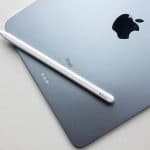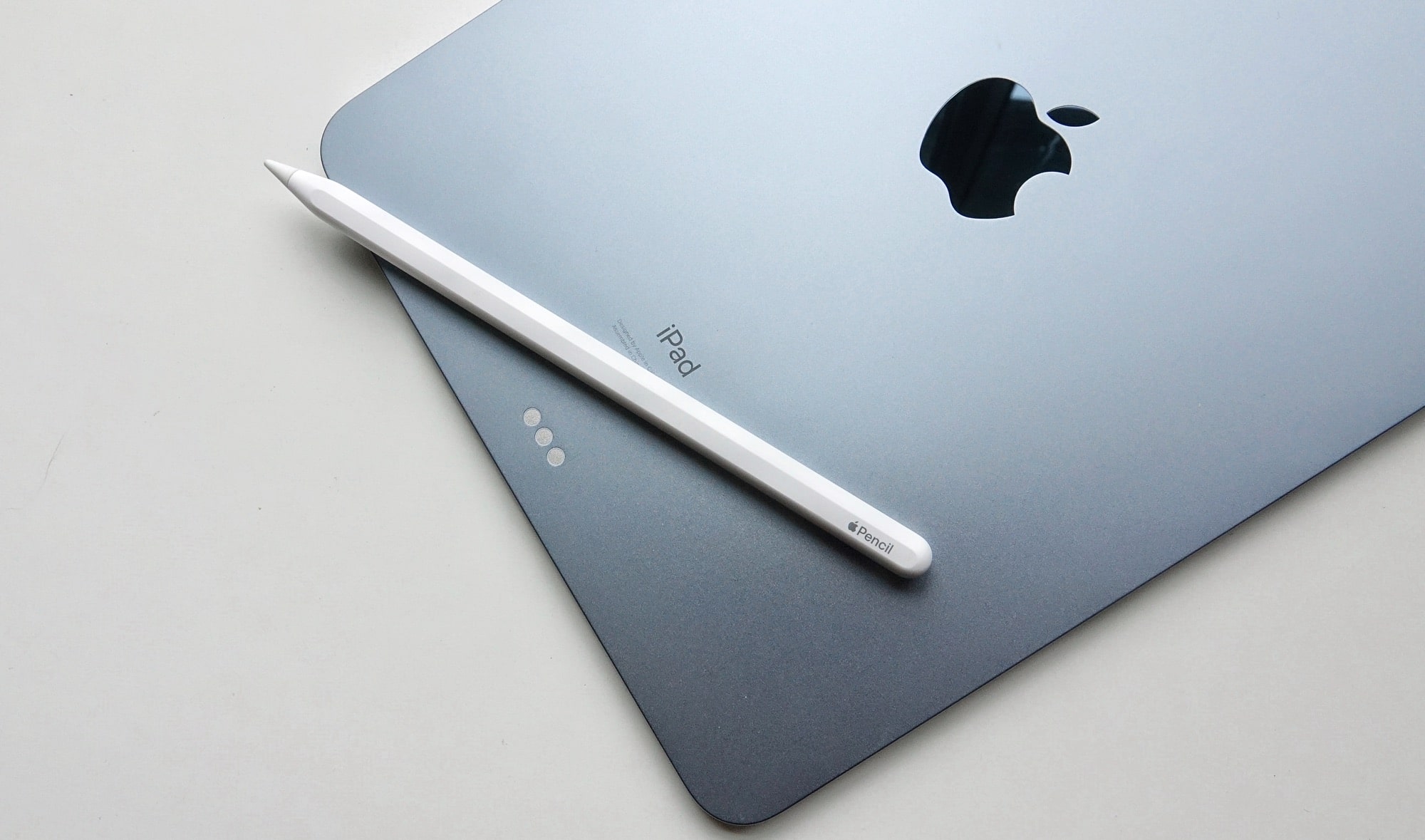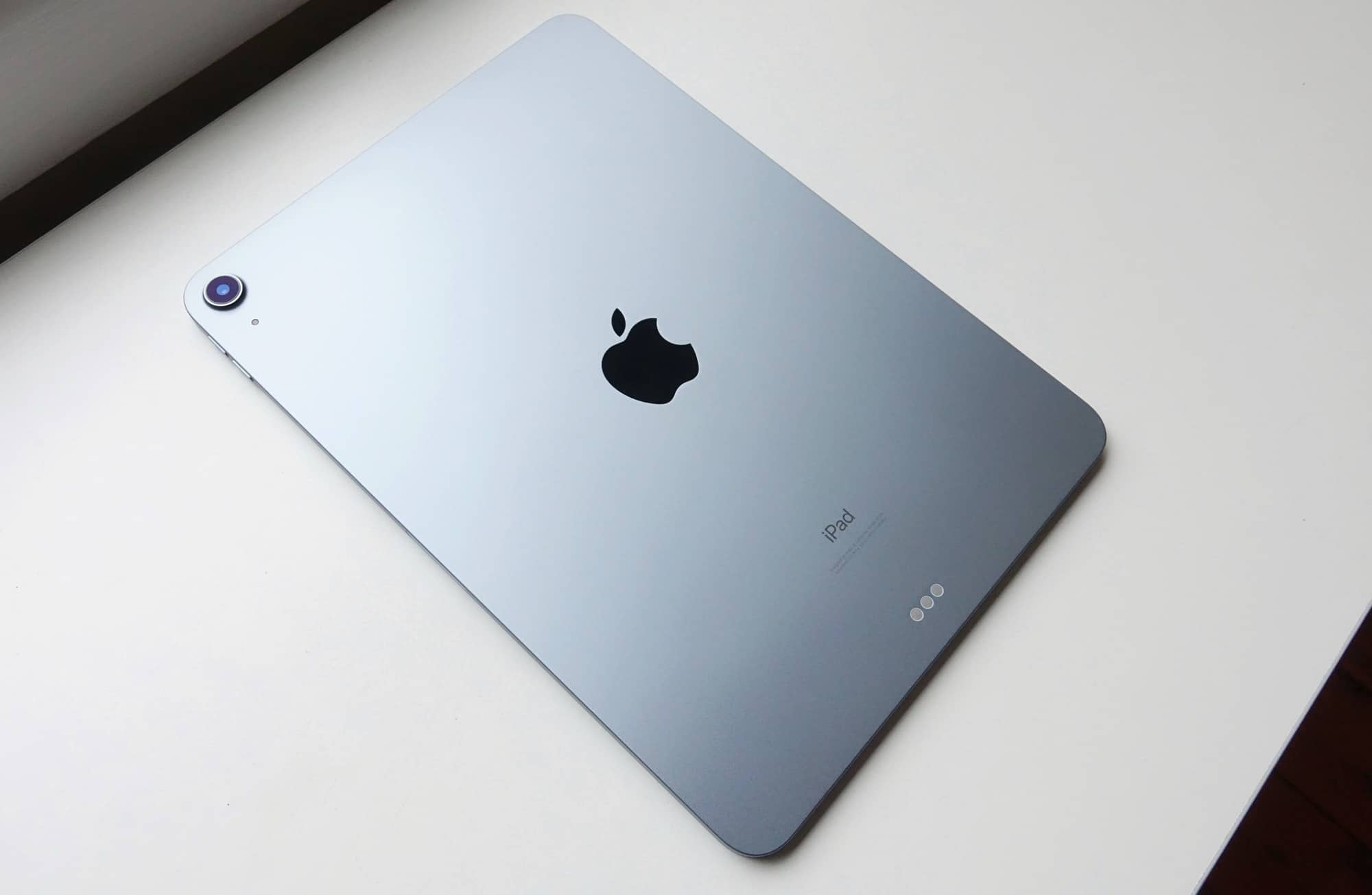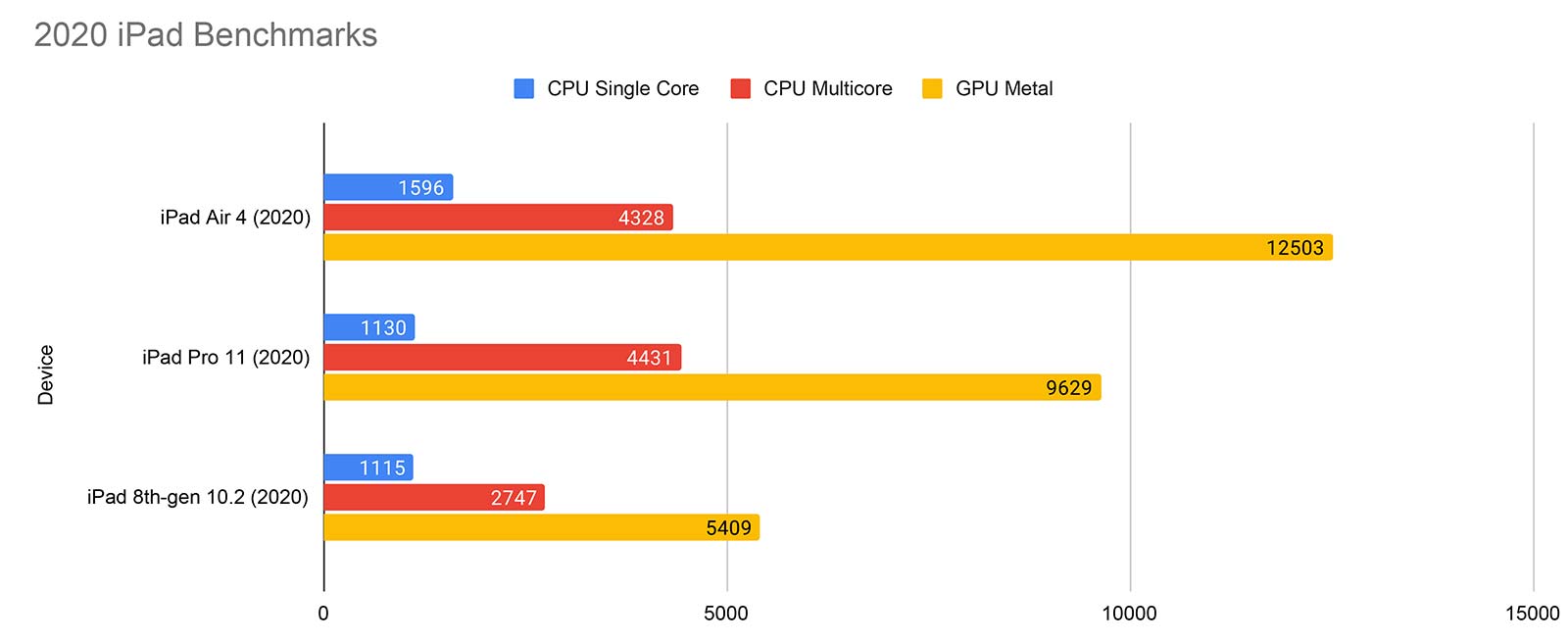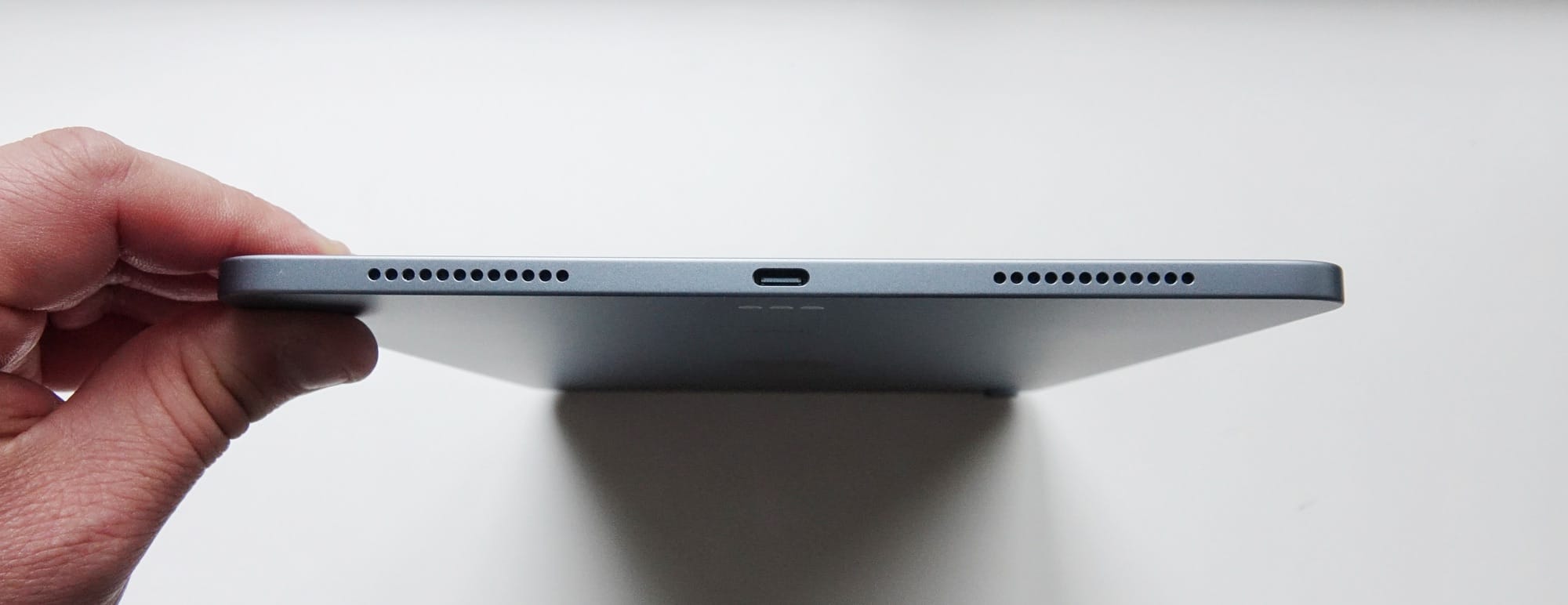Quick review
The good
The not-so-good
There’s a new iPad in town, and it looks like the premium iPad Pro but without the iPad Pro price. Is the 2020 iPad Air a tablet you should be considering?
With a high-end chip, a big mostly full-view screen encased by relatively slim bezels and in a softened rectangle, and a metal casing complete with USB Type C, it’s easy to see why the iPad Pro is more like a computer than your standard iPad.
There’s a little something more for Apple’s darling tablet, the most premium of the bunch, and it even solves some of the problems of recent models.
Do you want a tablet that’s mostly a screen? That’s this model. How about a place to store the Apple Pencil stylus? The iPad Pro has that. And would you prefer a plug port that’s as seamless as most laptops, including Apple’s today? It has that, too.
But it also comes with a pretty hefty price, fetching over a grand at a minimum, and that’s something not everyone is prepared to pay. But at a minimum of just under a grand, there’s a new tablet that brings much of what makes the iPad Pro to a less hefty price tag. Is the iPad Air the iPad Pro for everyone else?
Design

Built to look like the iPad Pro, the iPad Air offers an almost identical take on the pro-level iPad, but at a different cost. The specs are also different, and there are other choices for colours, but the design is all the same, with a softened rectangular design complete with a relatively slim black bezel encasing the screen.
Design-wise, the 2020 iPad Air looks like an iPad Pro, except in light metallic colours, and if you didn’t know what you were looking for, you’d probably think they were the same. You might even call blue the new silver, because they can read as very similar, just a little colder overall.
In fact, with near identical dimensions save for the the thickness (which is only marginally thicker), you’d swear the iPad Air was the same.
But they’re not, and the most obvious sign is from the camera, with the iPad Air offering one 12 megapixel F1.8 camera, while the iPad Pro offers a 12 megapixel F1.8 camera alongside an ultra-wide 10 megapixel F2.4 camera.
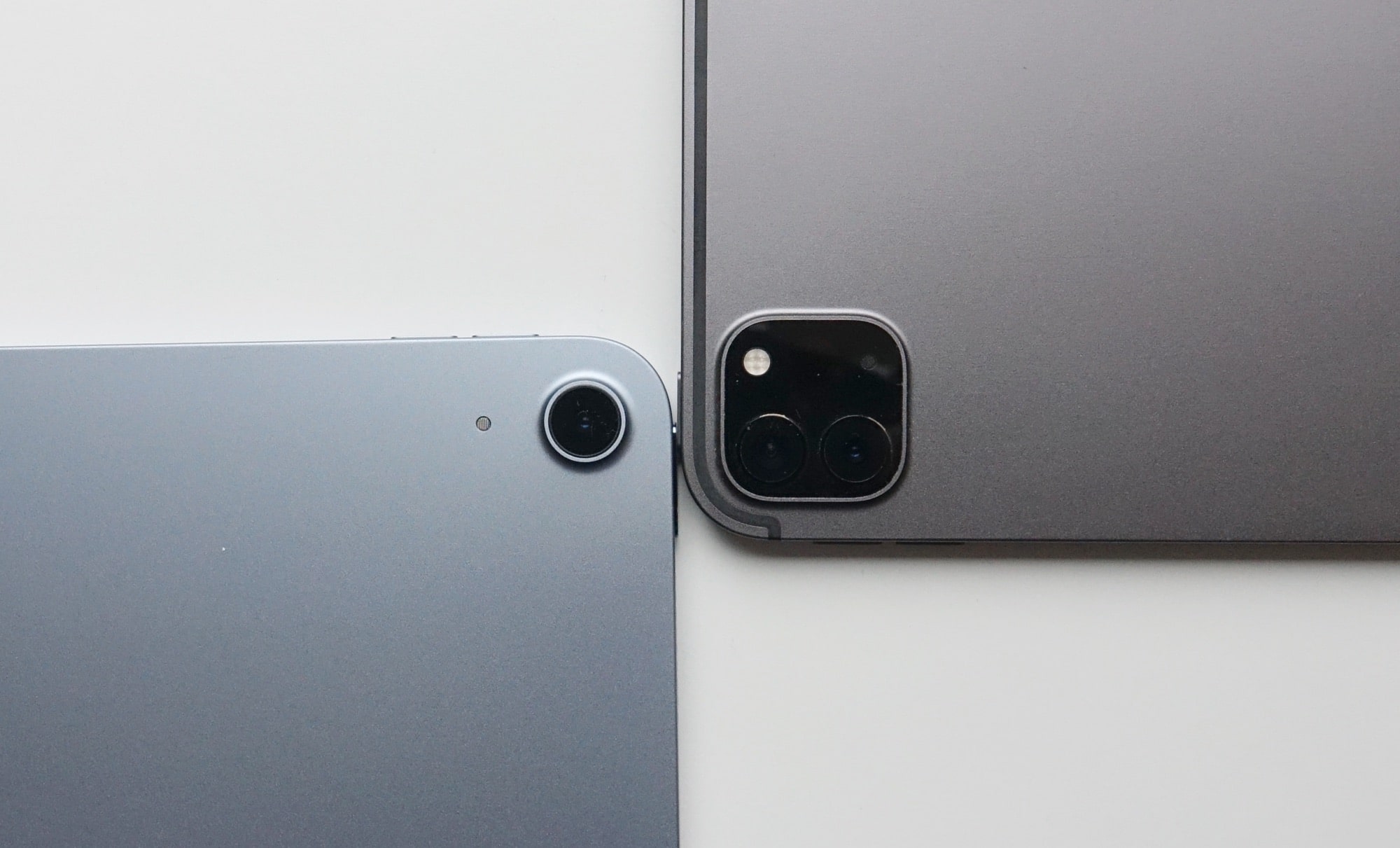
Features
There’s more going on that’s different between the 2020 iPad Air and 2020 iPad Pro, though, with the camera array just the start.
You’ll find a new chip under the hood, with Apple’s A14 Bionic lurking underneath, paired with 4GB RAM and either 64GB or 256GB storage, plus no way to expand once you buy it. Choose carefully.
Connections arrive with Bluetooth 5, 802.11a/b/g/n/ac/ax WiFi 6, and GPS, plus 4G LTE if you opt for the 4G version, as opposed to without on the standard WiFi model. Wired connections are very slim in number, though, borrowing the iPad Pro’s Type C USB port only, with no 3.5mm headset jack at all.
Apple is also making a change for security in this model, because while the iPad Pro gets the Face ID biometric security, it instead opts for a fingerprint Touch ID built into the power button up top, a new style of fingerprint sensor for Apple.
All of this sits under a 10.9 inch screen running a resolution of 2360×1640, and supporting True Tone and the Apple Pencil, complete with a 7 megapixel FaceTime HD camera found in the black frame surrounding the screen. It’ll even fit into that iPad Pro Magic Keyboard case from earlier in the year.
Display
Of course, the main feature of the 2020 iPad Air is its screen, which on the surface looks pretty much spot on with the 11 inch iPad Pro screen, and yet, it’s not quite exactly that screen.
Technically, the iPad Air is a 10.9 inch screen, and it’s only when you line the iPad models up side-by-side and then stare at them really closely, studying those bezels, that you’ll really see the minor differences: the black edges are a little bit thicker on the iPad Air, but not by much.
The differences are so small, you’d have to be remarkably fussy and pedantic to pick up on them, with Apple making enough of a difference to have one, but not really to be noticeable in the slightest.
And yet while the size is a little different, the feature set of the screen feels the same, at least for most people.
It’s still bright, easy to look at, offers the P3 colour gamut, and provides support for Apple’s True Tone, a technology that manages to change the colour temperature of white to match the lighting around you.
The 2020 iPad Air screen isn’t quite as bright as its iPad Pro sibling, but not by any noticeable amount, with the only major difference being the lack of Apple’s fast screen technology “ProMotion”, which is an iPad Pro-only feature to shift the screen speed to a maximum of 120Hz at times to provide slicker animations and scrolling, as well as better screen performance in games. It’s the sort of thing that screams more premium, but won’t matter to most people at all.

In-use
Using the 2020 iPad Air will feel just like using an iPad Pro this year because the operating system is the same — iPadOS 14 — and the accessories are identical, too.
You’ll find a home screen with a widgetised sidebar on the left, with the accessories now using the same magnetic three pins at the back of the iPad for the keyboard covers, plus the second-gen magnetic Apple Pencil port at the side/top of the device, depending on how you look at it.
We used the Magic Keyboard cover with the iPad Air, complete with the touchpad, and found it worked identically to how we experienced it on the iPad Pro, giving you an idea that this will basically serve the same purpose as the iPad Pro, just for less.
The same is true with the Apple Pencil, which works with the second-gen Pencil, complete with how that stylus can be stored along the magnetic edge up top.
Given how much the 2020 iPad Air borrows from the iPad Pro, that should hardly come as a surprise, but it’s nice to know all the same.
However, while the designs are close, the specs are where things become different, and that’s thanks in part to the new hardware Apple has gone with, which also gives a bit of a preview for Apple’s new phones.
One of those things is the power button, which hides a fingerprint sensor, since there’s no Face ID on thie iPad Air. That’s totally fine, and helps the tablet save a few bucks, providing a slender power button reliant on the touch security of your finger, rather than the possibly masked visage that is your face.
And it’s not the only hardware change from the iPad Pro to the iPad Air.
Performance
Under the hood, the Air makes use of a new chip, with the Apple A14 offering a glimpse in what you can expect from the iPhone 12, with the chip really speeding along quite well.
We found it handled games and apps well, and while it didn’t quite blow the benchmark socks off of every A12Z benchmark from the iPad Pro, it handled itself well enough as it is. The new chip managed to beat both the single core and the graphical performance of the 2020 iPad Pro, while losing out ever so slightly to the multicore performance of the more expensive model.
Frankly, we’d be surprised if anyone noticed the difference, as the performance across both is very impressive. There appears to be less memory in the iPad Air, though it didn’t seem to dent our experience at all, as this thing just flies.
Wireless connections also see an improvement here, with support for 802.11a/b/g/n/ac/ax WiFi 6, handy if your router can handle it, though there’s no 5G iPad Air in 2020. Sorry folks, but you’ll just have to settle for 4G speeds if you opt for the LTE iPad Air 4.
Our 2020 iPad Air review model didn’t come with LTE and was WiFi only, but we found it perfectly speedy all the same.
Battery
You should also find a good 9 to 10 hours of consistent use on the 2020 iPad Air, though that will come across as one or two days of regular use, for most people.
Granted, it’s not a staggering battery life altogether, and can be graded heavily on how you use the tablet.
For instance, if you do a lot of typing with the keyboard cover and use the iPad Air as your daily driver, expect to need to charge it nightly. However if you’re someone who plans on using the Air with a little less regularity, out and about at a coffee shop and some other times, you might get by giving the Air a charge every two or three days, which is what we did.
It’s not a bad life by any stretch of the imagination, especially if you’re thinking of making the jump from a laptop to a tablet, which is now easily possible.
Value
And from $899, Apple may have found a way to get people into having a more powerful iPad that can also be like a proper laptop, but without the iPad Pro price.
At $899, you get a 64GB iPad Air, while $1129 gets you the 256GB model. Meanwhile, the 2020 iPad Pro starts at $1329 for 128GB with 256GB starting at $1499, painting a very different picture.
Granted, the technology is different, but even with at least a $350 different, it’s a price shift that could see many people happy to forgot the extra cameras and Face ID of the iPad Pro, and just go with what is basically a similar device for less.
In many ways, the iPad Air feels like the iPhone 12 of the iPad line-up: it’s enough of the high-end design and high-end performance without all of the amazing features from the best model you can find. In the iPhone world, that’s the iPhone 12 Pro and iPhone 12 Pro Max, but here in the iPad world, it’s clearly the iPad Pro.
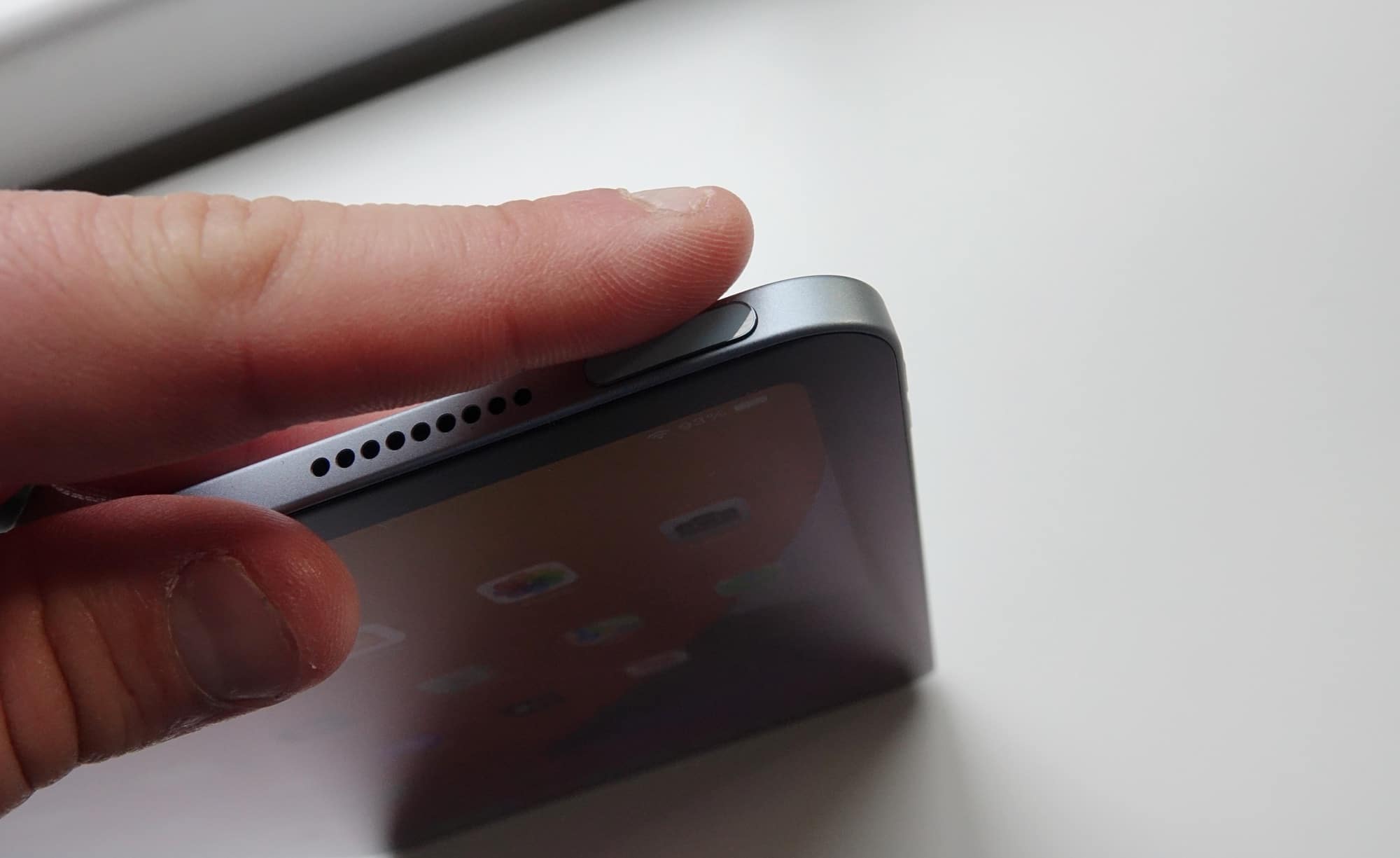
What needs work?
And really, you don’t need an extra camera on the back of an iPad, and you probably don’t need LiDAR either, as nice a feature as it would be.
You don’t really need the Face ID either, though it is definitely nice as an inclusion in the iPad Pro.
All things considered, the iPad Air is balanced nicely, and delivers most of what people want.
We still can’t help but feel it’s a little on the pricey side, because you still need to spend over a grand in order to get one with the keyboard, and that’s a little annoying.
We’d also love to see water resistance, something Apple includes in its phones, yet not in its tablets. It’s not that we plan on taking the iPad Air to the pool — and neither should you — but more that it’s not unreasonable to expect people sit an iPad Air poolside for entertainment, while also allowing it some water resistance for use in the kitchen.
Neither of those are good ideas with the iPad Air, or the iPad Pro, or even the iPad for everyone in the iPad 10.2. Apple doesn’t yet make a water resistant tablet, even if it makes plenty of water resistant phones: right now, every iPhone is water resistant, yet not a single iPad is.
So beyond price, that’s what we want: some hint of water resistance.
Frankly, a tablet this good shouldn’t be limited by where you want to use it, which right now is likely its only real limitation.

Final thoughts (TLDR)
But that’s not enough to dampen our spirits for the 2020 Apple iPad. Really, this thing is just lovely.
While the iPad Pro can feel like a device made for artists and developers alike given its support for LiDAR in augmented reality, the iPad Air normalises the iPad Pro experience for most people, delivering a big screen and thin tablet in a device that uses the same design language, aligning it nicely not just with the iPad Pro, but the new phones, as well.
This is a professional iPad for most people.
It’s an iPad for folks looking for a little more than what the standard iPad can do, and with a design and feature set that feels a little more capable than what you’ll find in the iPad for everyone. It’s the iPad model for folks who want their iPad to be more than a tablet, and to connect with other devices in their world.
And yes, it’s still a little on the exy side, but the 2020 iPad Air balances the iPad Pro to be just that more friendly for most folks out there. Basically, it’s an iPad Pro for everyone else. Highly recommended.
